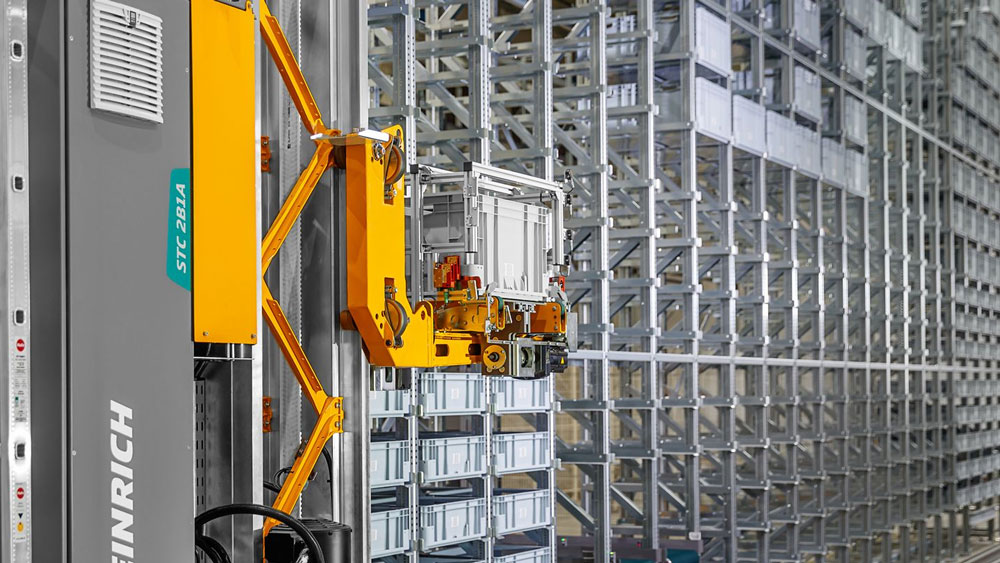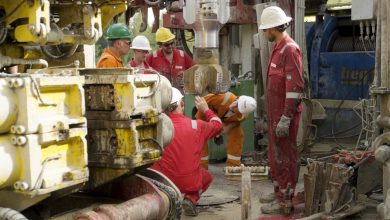STC 2B1A the most powerful stacker crane for automated miniload warehouses
Shortly after the world premiere of the STC 2B1A, Jungheinrich received the first order for its new stacker crane for automated miniload warehouses. The VAHLE Group, a manufacturer of energy and data communication systems from Kamen, commissioned the Hamburg-based specialist in logistics solutions with the construction of an automated small parts warehouse. The order includes conventional warehouse technology as well as forklift trucks. The core element of the system is the new STC 2B1A stacker crane. The Miniload will serve a total of 7,314 rack storage locations in Kamen at a travel speed of 6 metres per second. In the small parts warehouse, two different container formats are used simultaneously – boxes measuring 600 x 400 mm, which are stored double-deep, and boxes measuring 300 x 400 mm, which are stored four-deep and crosswise. Completion of the plant is scheduled for the end of 2018.
“The VAHLE Group always focuses on quality – quality of our products and services, our employees, training and building equipment. Our commitment to continuous improvement is also reflected in the new automated small parts warehouse that Jungheinrich is building for us in Kamen. We were impressed by the innovative power of the new stacker crane combined with Jungheinrich’s ability to provide extensive problem-solving expertise in the field of logistics systems from a single source. We will therefore work with Jungheinrich on this project to implement a wide aisle warehouse, cantilever racking for longitudinal goods and drive-through shelving for packages in addition to the small parts warehouse,” Rüdiger Kuhn, Head of Purchasing and Materials Management at VAHLE, explains.
Jungheinrich’s STC 2B1A is considered to be the most powerful stacker crane for automated miniload warehouses in its class. It has energy buffers specially adapted to its handling characteristics called ‘SuperCaps’. They store energy released during braking processes and feed it back into the drive system during acceleration. As a result, Jungheinrich has succeeded in reducing the energy requirement and, in particular, the required connected load of the stacker crane by up to 25 per cent compared to the competition. The energy is transferred by a VAHLE busbar system.
Jungheinrich has also designed the STC 2B1A for maximum efficiency in terms of space utilisation. Due to the innovative design of the travel rail and the Omega drive system—which, unlike other stacker cranes, is integrated into the foot of the mast to save space—the system achieves the lowest approach dimensions in its class. In comparison to other stacker cranes on the market, Jungheinrich’s STC 2B1A enables its customers to save space while maintaining the same storage capacity or expand their storage capacity while increasing their throughput. Another innovation is the new modular mast design. Despite its lightweight construction, it ensures particularly high stability of the device up to a height of 25 metres.



